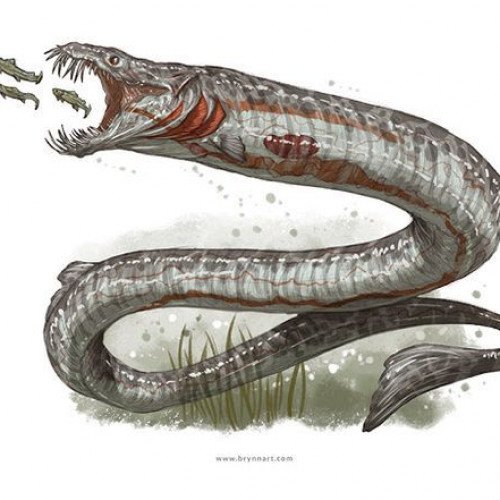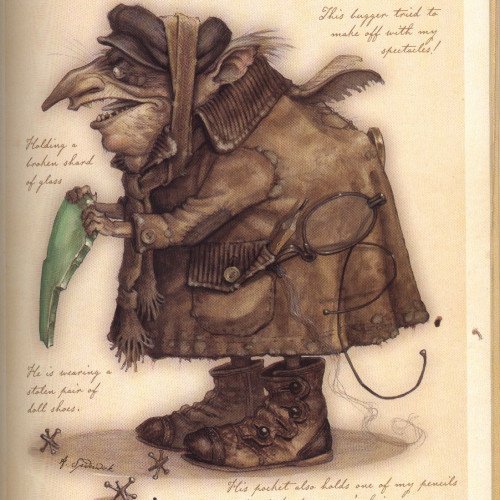Tizheruk vs Boggart

Tizheruk
In Inuit religion, the Tizheruk is a mythical large snake-like creature that is said to inhabit the waters near Key Island, Alaska. It is said to have a 7-foot head and a tail with a flipper. The local Inuit claim that it has snatched people off piers without their noticing its presence. It is also called Pal-Rai-Yûk. It is said to be similar to Naitaka of the Okanakanes (Ogopogo) and the Haietlik of the Nuu-chah-nulth.
Statistics for this Xoptio

Boggart
A boggart is a creature in English folklore, either a household spirit or a malevolent genius loci (that is, a geographically-defined spirit) inhabiting fields, marshes, or other topographical features. Other names of this group include bug, bugbear, bogey, bogun, bogeyman, bogle, etc., presumably all derived from (or related to) Old English pūcel, and related to the Irish púca and the pwca or bwga of Welsh mythology. The household form causes mischief and things to disappear, milk to sour, and dogs to go lame. The boggarts inhabiting marshes or holes in the ground are often attributed more serious evildoing, such as the abduction of children.